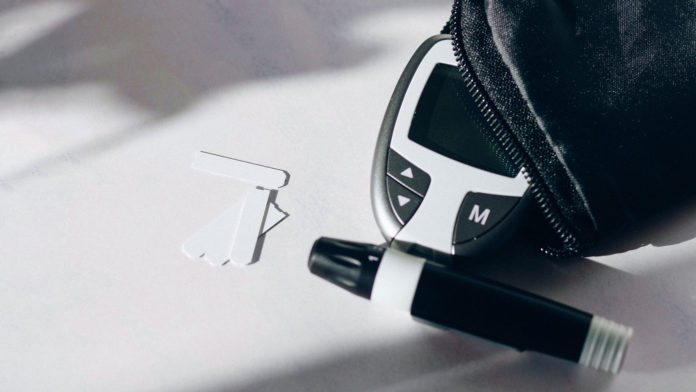Advanced diagnostics are often centralized in large laboratories because of the complex equipment needed to run them. The COVID-19 pandemic has highlighted the importance of simplifying diagnostic protocols for viral detection so that they can be used for rapid screening in the community, such as at schools and workplaces.
The gold standard for detecting viruses like SARS-CoV-2 — the virus that causes COVID-19 — is called real-time PCR, where viral genetic sequences are targeted and many copies are made through a series of controlled temperature cycles. A fluorescent reporter is used to look for these amplified sequences as the cycles run. The protocols are complex and the equipment is expensive, putting it out of reach for places in our communities that don’t have the resources to implement them.
Research at the University of Toronto leverages a new kind of electrochemical reporter system that makes testing compatible with equipment that is already widely and inexpensively available off-the-shelf: a glucose monitor, commonly used to check for drops and surges in blood-glucose in people with diabetes.
The study was led by Keith Pardee, assistant professor of pharmacy at the University of Toronto, and published in Nature Communications.
Known as a cell-free system, the technique uses freeze-dried molecular machinery of the cell. The system is based on a type of genetic switch called a toehold switch, activated only when the target viral genetic sequence is present.
At the start of the test, the toehold switch is folded over on itself in a hairpin structure. This conceals a site for a structure called a ribosome to attach, and the hairpin unfolds when it comes into contact with the viral sequence. The unfolding initiates the molecular machinery to begin the production of an enzyme that cuts apart longer glucose-containing precursors into glucose. That glucose can then be measured with the glucose monitor.
The test takes about two hours to run and it has been validated using clinical samples containing SARS-CoV-2 virus, detecting concentrations down to the low attomolar range. The team also created an online tool where users can enter the measured glucose levels for their test and control samples to find out whether the test indicates a positive or negative result.
The toehold switch can readily be adapted to other viral or bacterial targets, and the system was also shown to work with the bacterium that causes typhoid fever.
At the moment, the test still relies on complex sample preparation that limits its use to laboratory settings, but with this part of the puzzle solved, the team is now working on simplifying these steps to make a fully portable solution.
Making use of a common off-the-shelf diagnostic tool, this system takes advantage of the economies of scale that enable a truly low-cost system. Each test costs around $10 USD to produce and can be read with a standard glucose meter. This opens the door to accessible testing even in the most remote locations, adding to the tool kit for controlling future outbreaks.





































